WHAT IS THE IACS SPECIAL PERIODIC SURVEY?
The IACS Special Periodic Survey (SPS) is a five yearly classification requirement. SPS’s can be carried out in line with an Under Water Inspection in Lieu of Dry- docking (UWILD) and this is unique to each vessel or rig. We are approved by the major classification societies (IACS) to carry out this work in line with the relevant requirements.
The following are some of the subsea NDT methods which will be utilised during most, if not all, UWILD’s & SPS’s:

ULTRASONIC THICKNESS GAUGING (UTG)
The use of Ultrasonic Thickness Gauging (UTG) to check material thickness and measurement is now regularly utilised in all areas of industry. The ability to gauge material thickness without requiring access to both sides of the material is a major advantage of this technology.
Our owned equipment can be utilised underwater with the aid of divers and calibrated and set to the known compressional sound velocity which allows measurement of a wide selection of materials. Utilising qualified and skilled operators we will ensure that accurate measurements are taken and are then assessed to provide comprehensive reports. These reports allow our clients, at a glance, the ability to ensure the material under test is fit for service or otherwise. This in turn allows the client to be proactive in mitigating any failure that may impact on personnel, assets or the environment.
Subsea UTG can be applied to structural or pipe works. Our subsea inspection teams are capable of carrying out UTG on structural areas/items, in line with the relevant IACS requirements and will then supply a complete tabulation report.

SUBSEA CATHODIC PROTECTION (CP) SURVEY
Cathodic Protection (CP) is a technique used to mitigate the corrosion of a metal surface by making it the cathode of an electrochemical cell. The simplest method to apply CP is by connecting the metal to be protected with a piece of another less noble “sacrificial metal” to act as the anode of the electrochemical cell. The sacrificial metal, anode, then corrodes instead of the protected metal, cathode. For structures where passive galvanic CP is not adequate, for example in long pipelines, an external DC electrical power source can be used to provide current. Cathodic protection systems are used to protect a wide range of metallic structures in various environments. Common applications are steel, water or fuel pipelines and storage tanks, steel pier piles, ship and boat hulls, offshore oil platforms and onshore oil well caissons. Another common application is in galvanized steel, in which a sacrificial coating of zinc on steel parts protects them from corrosion.
Our skilled team of subsea technicians can carry out full CP surveys on structures and/or pipelines as applicable, in line with our clients requirements, industry accepted standards and as per the relevant governing bodies guidelines and requirements.

SUBSEA MAGNETIC PARTICLE INSPECTION (MPI)
To detect surface breaking defects, or in some cases near surface defects in ferromagnetic materials, magnetic particle inspection is the method employed. In the dark ages of inspection a hammer was used to strike a component, and depending on the tone heard, it was determined if a defect was present. The advance in penetrant inspection came quite by accident. It was observed one day when a railway wheel (which had been left in a pool of oil) was then picked up that it became covered in a thin layer of dust. This dust tended to draw the oil out of the cracks and cavities, which were present on the wheel surface. This became known as “penetrant inspection”. Soon after, it was found that if the item was magnetised, then a more sensitive method of inspection could be used. This method has been developed and is now called Magnetic Particle Inspection (MPI).
We can provide MPI qualified subsea dive inspectors as and when required.